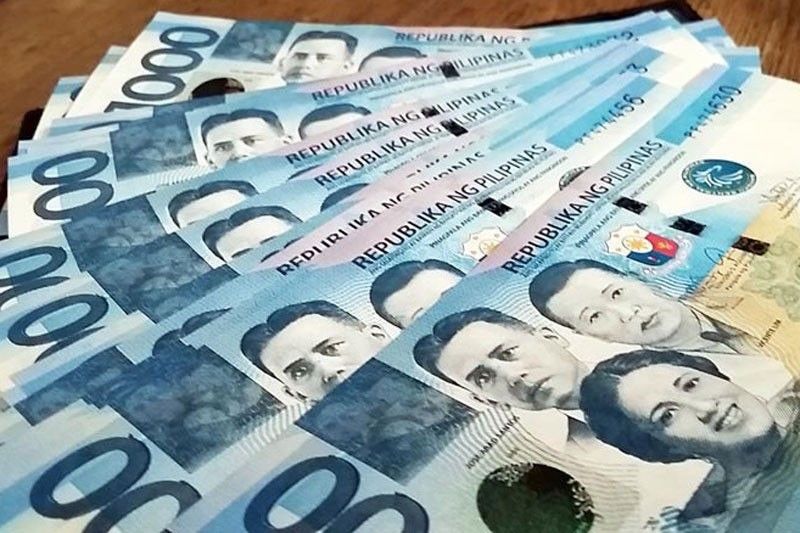Peso weakness seen beneficial up to medium term

MANILA, Philippines — A weakening peso should not be a cause for worry as it is beneficial to the country up to the medium term, First Metro Investment Corp. (FMIC) said.
In a statement, FMIC said while the current weakness of the peso is perceived as negative, its impact in both the short and medium term is net positive.
“The most obvious effect of this would be to discourage imports and produce more exports, thus reducing the trade deficit over the medium term. And because of the increase in production locally, it will boost employment generation,” FMIC said in a research paper with the University of Asia and the Pacific (UA&P).
It will also give a boost to the peso income of OFW families, exporters, and those that supply raw materials to exporters, it added.
“There are about 10 million OFWs, and with an average family size of 4.6, the peso slide benefits some 46 million Filipinos. Add to that the number of families dependent on exports, which account for 30 plus of GDP, plus those that supply raw materials to exporters, we can easily conclude that a vast majority of Filipino families benefit from the higher peso-dollar exchange rate,” FMIC said.
The FMIC-UA&P study echoed Bangko Sentral ng Pilipinas findings which show that a 10 percent peso depreciation adds only around 0.5 percent to inflation.
“If the foreign exchange rate averages six percent higher, the resulting additional inflation would only be 0.3 percent. In addition, consumers of imported goods are mostly those that belong to higher income classes,” the report noted.
The FMIC report said among the factors driving the weakness of the peso is the US dollar, which has been strengthening since the first quarter this year.
Apart from the growth momentum of the dollar, the market is seen to feel the effects of US President Donald Trump’s tax cuts starting the second quarter of 2018.
“The same tax reform tries to attract back to the US some $2 trillion of cash held by US multinationals abroad. Even if only half of that returns to the US, that would add significant demand for the greenback,” FMIC said.
Moreover, another factor driving the peso down is foreign stock and bond investors selling off their peso-denominated financial assets as they stand to lose with the peso depreciation, the study added.
“Foreigners have been net sellers in the local stock market by a total of P52 billion from February to May this year,” FMIC said.
Also, the Philippines’ trade deficit has been deteriorating, widening to a record $3.6 billion last April.
“For the first four months, this amounted to $12.2 billion, which if multiplied by three (simple annualization) yields $36.6 billion—over 20 percent higher than a year ago,” the report said.
However, FMIC said this should not be viewed too badly as imports of capital goods have shown robust growth.
“If we take a longer view, the peso has actually appreciated by only 4.6 percent from 2004 to June 13, 2018, while our neighbors Indonesia and Vietnam had large cumulative depreciations in excess of 40 percent during the same period. Malaysia also shows net depreciation during the period,” FMIC said.
- Latest
- Trending



























